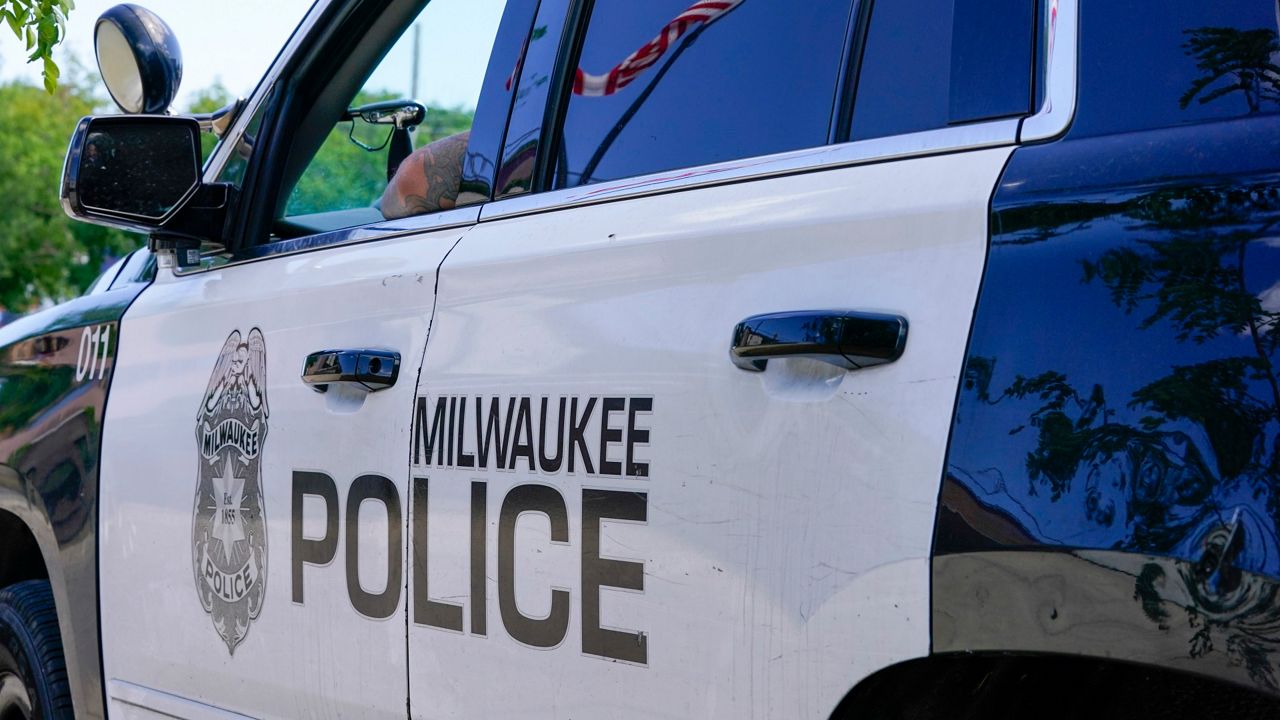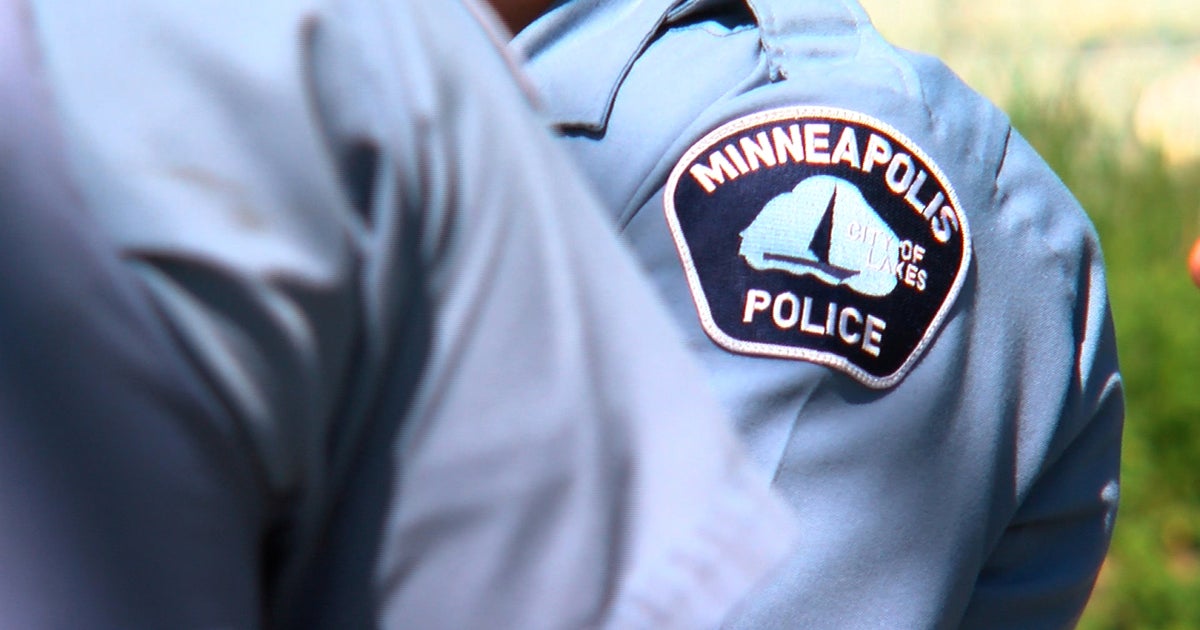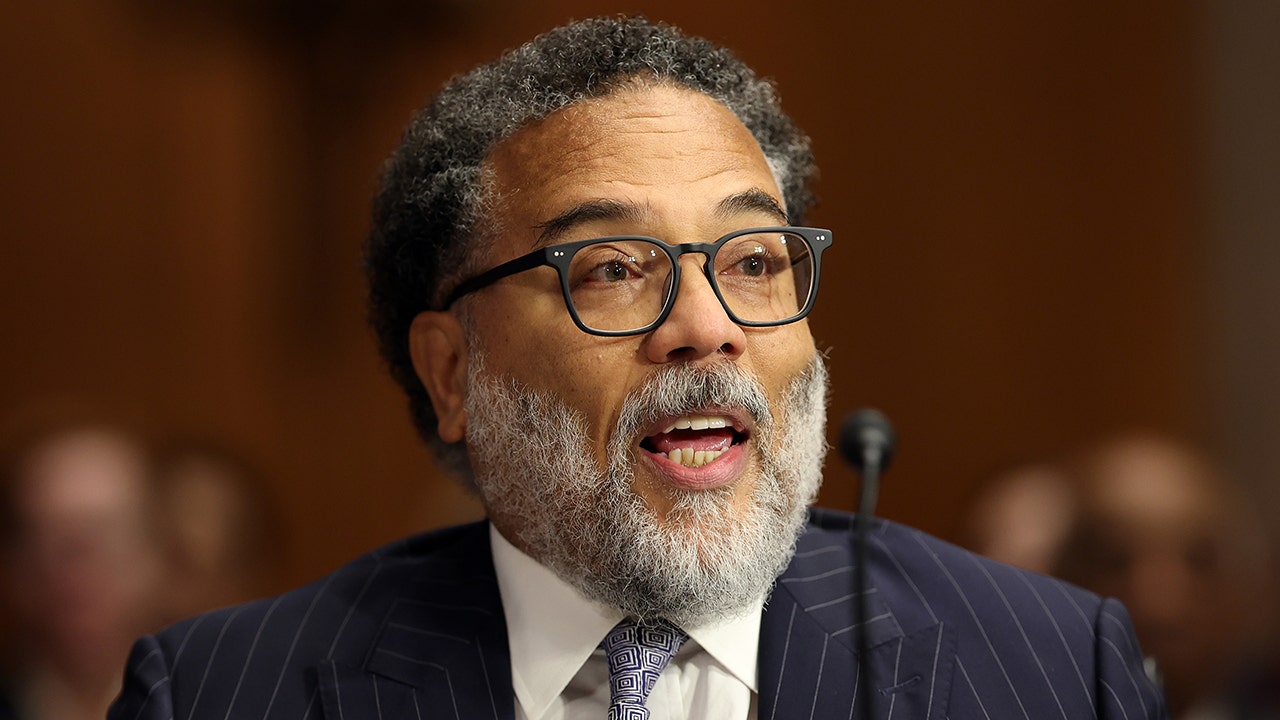Education
Tulsa Superintendent to Step Down, in a Showdown With State Officials

The superintendent of Tulsa, Okla., announced on Tuesday that she planned to step down, in an 11th-hour attempt to stop the state from taking over the largest school district in Oklahoma.
The superintendent, Deborah A. Gist, and the school system in Tulsa, one of Oklahoma’s rare Democratic footholds, had become targets of Ryan Walters, the state’s divisive schools chief who is known for his conservative politics and provocative statements.
Mr. Walters, a Republican who took office in January, has raised a litany of complaints against the Tulsa schools, including low test scores and financial mismanagement, and has battled over cultural and religious issues.
Questioning Dr. Gist’s leadership, he threatened to take over the school district, which could include appointing a new superintendent, and even said that he had not ruled out revoking accreditation entirely — which would force schools to close. Tulsa public schools serve nearly 34,000 students, with a student population that is 80 percent economically disadvantaged and majority Hispanic and Black.
Ahead of a State Board of Education meeting to discuss Tulsa’s fate on Thursday, Dr. Gist wrote in a letter to the Tulsa community that stepping aside would be the district’s best chance to avert a takeover.
“It is no secret that our state superintendent has had an unrelenting focus on our district and specifically on me, and I am confident that my departure will help to keep our democratically elected leadership and our team in charge of our schools,” she wrote.
Dr. Gist, who has been Tulsa’s superintendent since 2015, said in the letter that the Tulsa school board would consider an interim superintendent, Ebony Johnson, a top district administrator, to replace her on Wednesday night.
It was unclear what state officials might do in response.
“I am optimistic that this is a step in the right direction,” Mr. Walters said in a statement on Tuesday night. “Financial transparency and academic outcomes must come next.”
In response to questions about how Dr. Gist’s resignation could affect the state’s plans, a spokesman for Mr. Walters, Matt Langston, said, “Everything is still on the table.”
State takeovers, similar to what has happened this year in Houston, are more common in districts with low-income students and students of color, yet research suggests that takeovers, on average, do not improve student outcomes.
Tulsa public schools are some of the lowest performing in the state, and performance was hampered by the coronavirus pandemic, when schools were slow to open. In 2022, just 8 percent of students were proficient in math and 11 percent were proficient in English language arts. The results were about on par with Oklahoma City, another large, urban district with high levels of poverty.
But Tulsa’s history and politics — a blue city in a red state — has also set it apart in a state where the teaching of race is restricted.
Tulsa’s accreditation was first downgraded last year, over teacher training on implicit bias, which officials said violated state restrictions on how to teach about race and history.
How to address race in schools carries particular weight in Tulsa.
The city, first settled by Native Americans, became the site of one of the deadliest episodes of racial violence in American history, when, in 1921, a questionable accusation that a Black man had assaulted a white woman touched off mass violence. White rioters destroyed Tulsa’s prosperous Greenwood district, known as Black Wall Street, and the clash left as many as 300 people dead.
Mr. Walters, who opposes critical race theory, drew criticism this summer for saying that people should not be judged as racist because of their skin color, in response to a question about the Tulsa Race Massacre. He later said that his answer was misrepresented and emphasized that he supported the teaching of the massacre in schools.
In her letter on Tuesday, Dr. Gist noted the city’s history and suggested that a state takeover would add to a long history of harm, “depriving Tulsans of their collective voice over their schools.”
More recently, Mr. Walters has focused on an embezzlement case, in which a former Tulsa schools administrator is accused of misusing hundreds of thousands of dollars.
He has also defended a Tulsa school board member who was criticized for leading a prayer at a public high school graduation. In a news conference, he said, “There is no more fine example today that religious liberty is under assault than what’s happening here in Tulsa public schools.”

Education
Video: Several Killed in Wisconsin School Shooting, Including Juvenile Suspect

new video loaded: Several Killed in Wisconsin School Shooting, Including Juvenile Suspect
transcript
transcript
Several Killed in Wisconsin School Shooting, Including Juvenile Suspect
The police responded to a shooting at a private Christian school in Madison, Wis., on Monday.
-
Around 10:57 a.m., our officers were responding to a call of an active shooter at the Abundant Life Christian School here in Madison. When officers arrived, they found multiple victims suffering from gunshot wounds. Officers located a juvenile who they believe was responsible for this deceased in the building. I’m feeling a little dismayed now, so close to Christmas. Every child, every person in that building is a victim and will be a victim forever. These types of trauma don’t just go away.
Recent episodes in Guns & Gun Violence
Education
Video: Biden Apologizes for U.S. Mistreatment of Native American Children

new video loaded: Biden Apologizes for U.S. Mistreatment of Native American Children
transcript
transcript
Biden Apologizes for U.S. Mistreatment of Native American Children
President Biden offered a formal apology on Friday on behalf of the U.S. government for the abuse of Native American children from the early 1800s to the late 1960s.
-
The Federal government has never, never formally apologized for what happened until today. I formally apologize. It’s long, long, long overdue. Quite frankly, there’s no excuse that this apology took 50 years to make. I know no apology can or will make up for what was lost during the darkness of the federal boarding school policy. But today, we’re finally moving forward into the light.
Recent episodes in Politics
Education
Video: Los Angeles Bus Hijacked at Gunpoint

new video loaded: Los Angeles Bus Hijacked at Gunpoint
transcript
transcript
Los Angeles Bus Hijacked at Gunpoint
The person suspected of hijacking a bus which killed one person, was taken into custody after an hourlong pursuit by the Los Angeles Police Department early Wednesday morning.
-
“Get him.”
Recent episodes in Guns & Gun Violence
-

 Business7 days ago
Business7 days agoThese are the top 7 issues facing the struggling restaurant industry in 2025
-

 Culture7 days ago
Culture7 days agoThe 25 worst losses in college football history, including Baylor’s 2024 entry at Colorado
-

 Sports6 days ago
Sports6 days agoThe top out-of-contract players available as free transfers: Kimmich, De Bruyne, Van Dijk…
-

 Politics5 days ago
Politics5 days agoNew Orleans attacker had 'remote detonator' for explosives in French Quarter, Biden says
-

 Politics5 days ago
Politics5 days agoCarter's judicial picks reshaped the federal bench across the country
-

 Politics3 days ago
Politics3 days agoWho Are the Recipients of the Presidential Medal of Freedom?
-

 Health2 days ago
Health2 days agoOzempic ‘microdosing’ is the new weight-loss trend: Should you try it?
-

 World7 days ago
World7 days agoIvory Coast says French troops to leave country after decades














